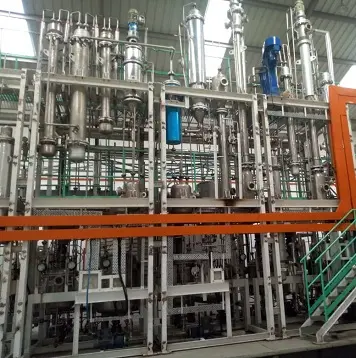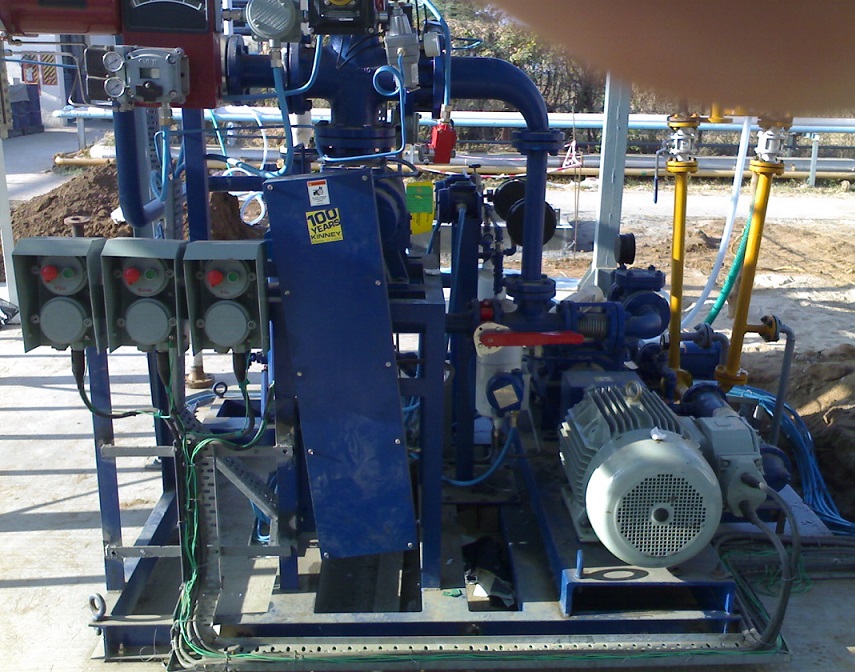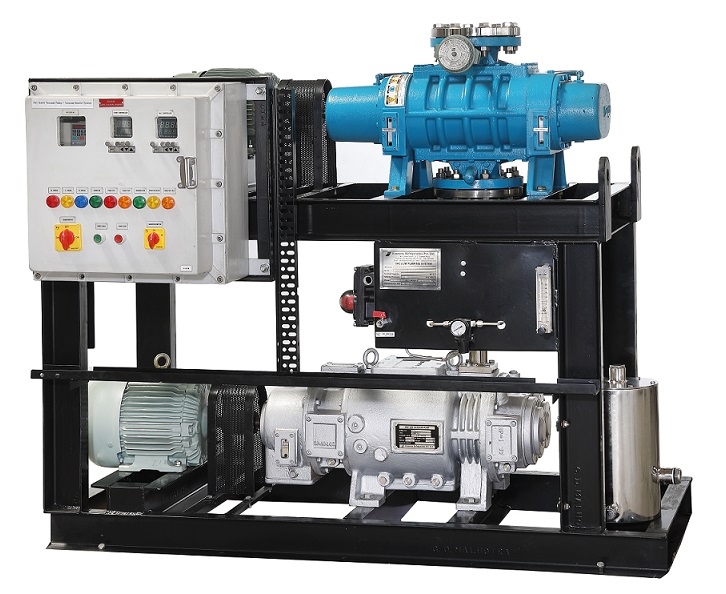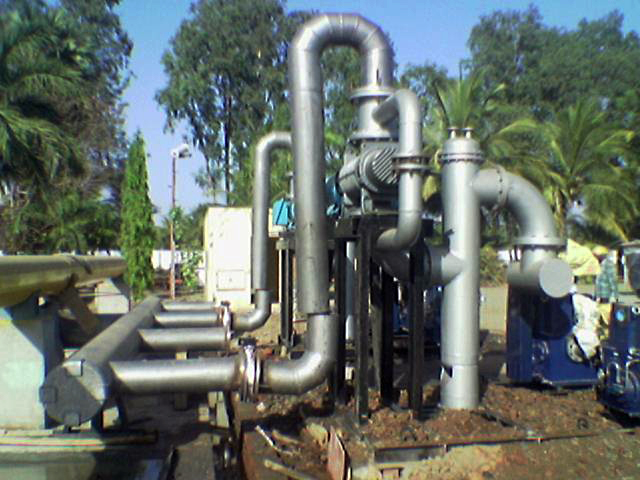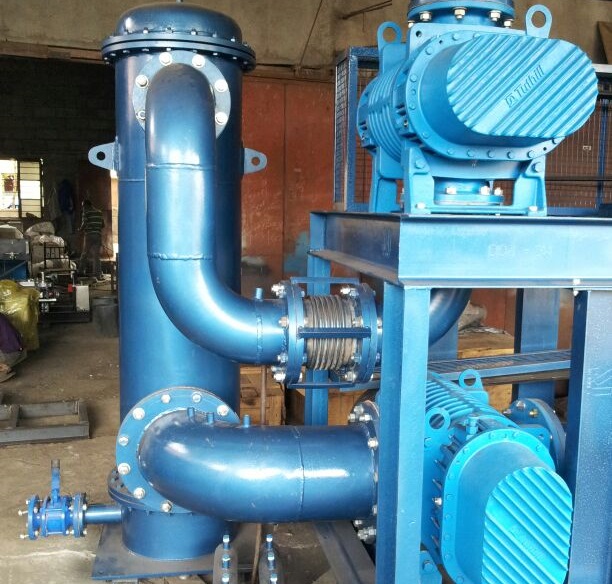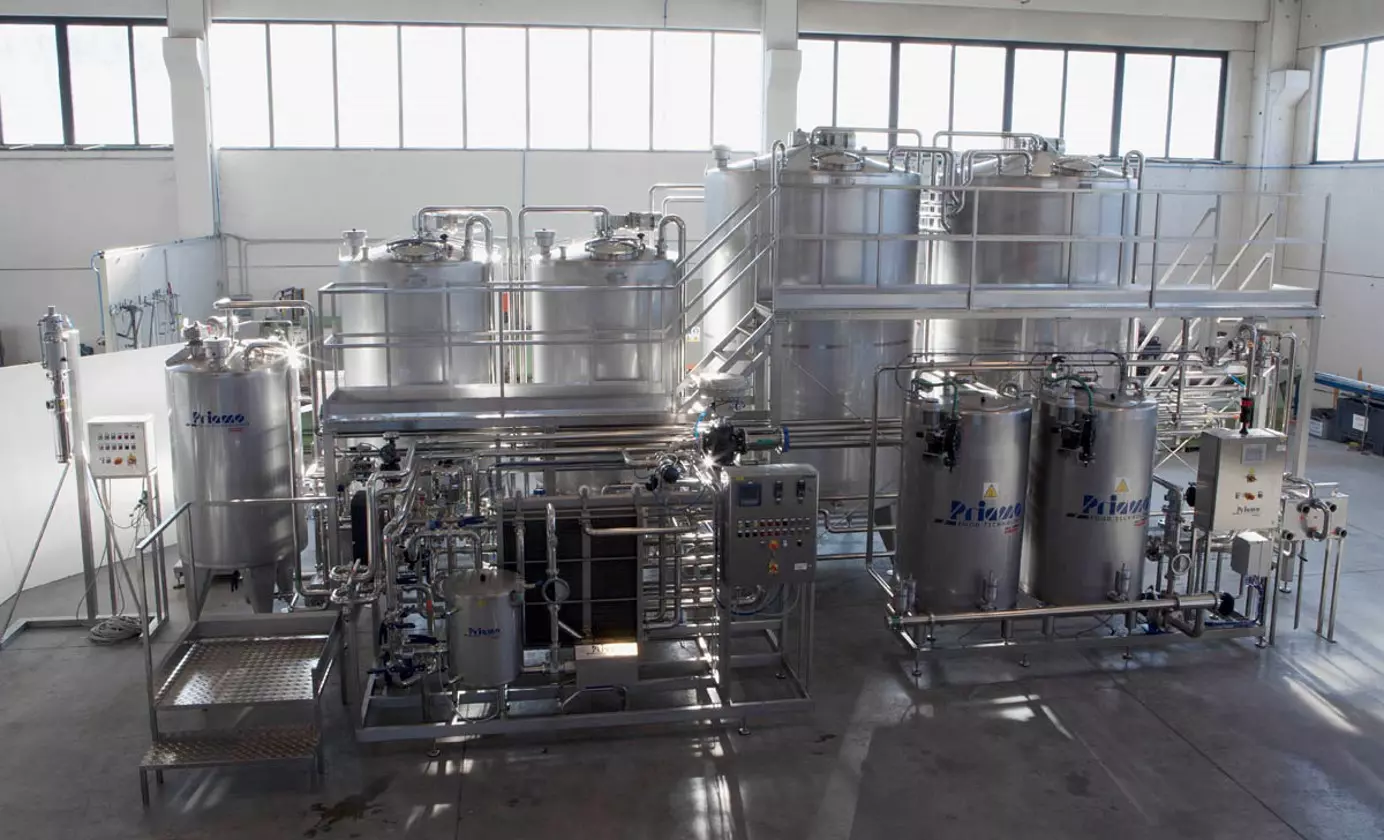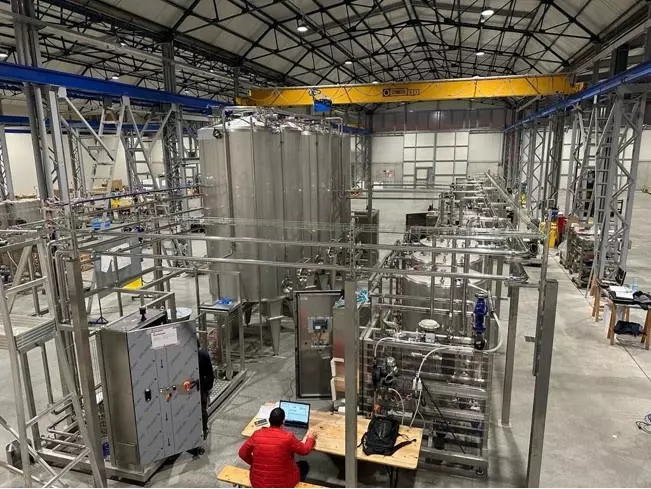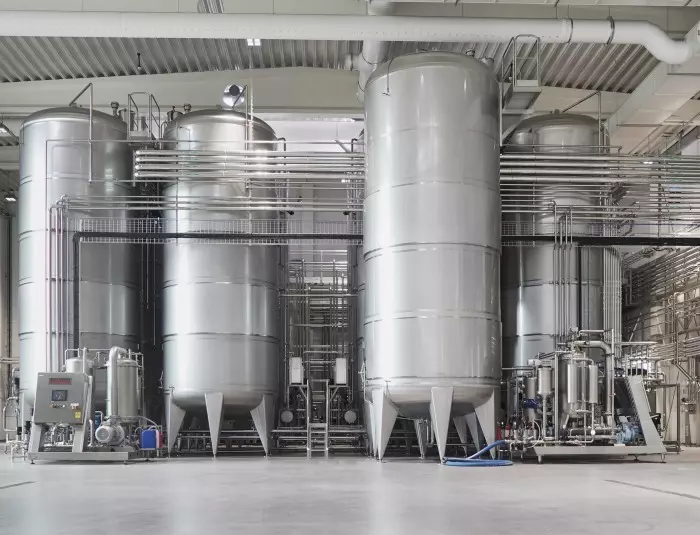
The Role of Proper Pipe and Fitting Design in Sustainable Cider Operations
Maintaining sustainability in industries is a cornerstone for every industry today, including cider production and operation. In this regard, the level of sustainability achieved in cider production largely depends on the precision of Pipe and Fitting Design in Sustainable Cider Operations.
This influences the overall production process, ensuring that there is no downtime or delays in production. In addition to ensuring higher production efficiency, proper Pipe and Fitting Design in Sustainable Cider Operations also ensures a reduction in waste generation due to precise allocation and usage of raw materials and resources.
In short, Pipe and Fitting Design in Sustainable Cider Operations helps production facilities maintain high product quality and comply with the set industry standards for reducing carbon footprint and environmental impacts.
Why Pipe and Fitting Design is Critical for Sustainable Cider Operations
The Importance of Pipe and Fitting Design in Cider Production
In the modern scenario, sustainable cider production is not just an option but a necessity. The stricter regulations and policies of governments worldwide to meet their sustainability goals and carbon footprint reduction initiatives demand higher compliance standards. This demands precise Pipe and Fitting Design in Sustainable Cider Operations, which is an essential component of the cider manufacturing industry infrastructure.
Energy Efficiency: Implementing accurate Pipe and Fitting Design in Sustainable Cider Operations has a direct impact on energy consumption. It reduces usage since there are losses due to pressure or friction during operation, thereby enabling sustainable production and promoting cider production waste reduction.
Eliminates Losses: Precise pipe design for cider operations reduces loss of product due to leakage. This enhances production efficiency and reduces waste generation in the process, which also facilitates sustainability.
Hygiene and quality: Product hygiene and quality are also ensured by these leak-proof Pipe and Fitting Design in Sustainable Cider Operations. It allows for the seamless transfer of cider while maintaining safety and hygiene standards.
Key Elements of Pipe and Fitting Design for Sustainability
Best Practices in Pipe and Fitting Design
To ensure sustainability, in addition to having efficient pipe and fitting systems, you must also adopt a few best practices. This will help meet the industry's needs.
Material Selection: You must emphasize top-quality pipe material selection for cider making. This will not only enhance the lifespan of the systems due to little or no corrosion but will also promote the safety of the product and production capability.
Flow optimization: Efficient Pipe and Fitting Design in Sustainable Cider Operations will optimize flow ensuring that there is no resistance to overcome. This will not only reduce additional requirements of pressure and its initial loss but will also reduce energy consumption and therefore add to savings in operational cost.
Maintenance: The efficiency of the Pipe and Fitting Design in Sustainable Cider Operations will reduce maintenance requirements that will add up to the operational cost. Typically, all the components are easy to access and clean. Maintenance can be further simplified with the integration of clean-in-place (CIP) systems. Overall, lower maintenance requirements will reduce production downtime.
Common Pipe and Fitting Design Challenges in Cider Operations
Overcoming Challenges in Pipe and Fitting Systems
Advantageous as it may be, it may be quite challenging to ensure higher efficiency of the Pipe and Fitting Design in Sustainable Cider Operations. This may pose significant barriers to achieving sustainability in cider production and reduce waste or energy consumption.
However, you can address these challenges and maintain the desired efficiency of the piping systems through proactive measures.
Corrosion and contamination
There is a high risk of contamination of cider due to internal carrion of the pimping systems. You can eliminate such risks by emphasizing the use of corrosion-resistant materials for Pipe and Fitting Design in Sustainable Cider Operations. In addition, to add an extra layer of protection and avert the chances of corrosion, you can also consider applying protective coatings on the system. This will not only prevent corrosion but will also extend the life of the system, offering significant benefits in the long run.
Variable pressure and flow
Fluctuating pressure, which influences the flow of cider through the piping systems, is another major challenge associated with the Pipe and Fitting Design in Sustainable Cider Operations.
To address such challenges and ensure proper flow within the systems, you must ensure precise designing so that the piping system is adaptable and its operation and flow are not affected by pressure fluctuations. This will, in turn, prevent production interruptions.
Maintenance Requirements
Though the Pipe and Fitting Design in Sustainable Cider Operations typically does not need elaborate maintenance, ensuring regular monitoring and inspections can be pretty challenging at times for a few specific units. However, strategic planning and a dedicated team to perform this activity will ensure regular monitoring and reduce downtime or interruptions in operations due to system failure or component replacement.
The Future of Pipe and Fitting Design in Sustainable Cider Making
Innovations and Trends in Sustainable Pipe Design
Significant technological developments ensure a bright future for the Pipe and Fitting Design in Sustainable Cider Operations.
Modern technology: Advanced technologies implemented in the design have reshaped and redefined designing techniques and precision to help achieve sustainability goals. These sophisticated technologies have made this piping system smarter to enhance production efficiency.
Efficient materials: In addition to the implementation of advanced technologies, the use of innovative materials such as advanced composites and bioplastics has also promoted sustainability and system efficiency. These eco-friendly materials used in Pipe and Fitting Design in Sustainable Cider Operations ensure regulatory compliance.
Automation: Including automatic monitoring systems in the Pipe and Fitting Design in Sustainable Cider Operations promotes real-time monitoring of the system. This ensures early detection of problems in the piping system that may affect performance and productivity as well as the sustainability goals in cider production.
Conclusion
Achieving Sustainability Through Proper Pipe and Fitting Design
Achieving sustainability in cider production requires meticulous attention to every detail, including piping systems. Proper pipe and fitting design in sustainable cider operations enhances efficiency, reduces waste, and upholds product quality. As technologies evolve, cider makers can look forward to even more sustainable and efficient operations through innovative piping solutions.




